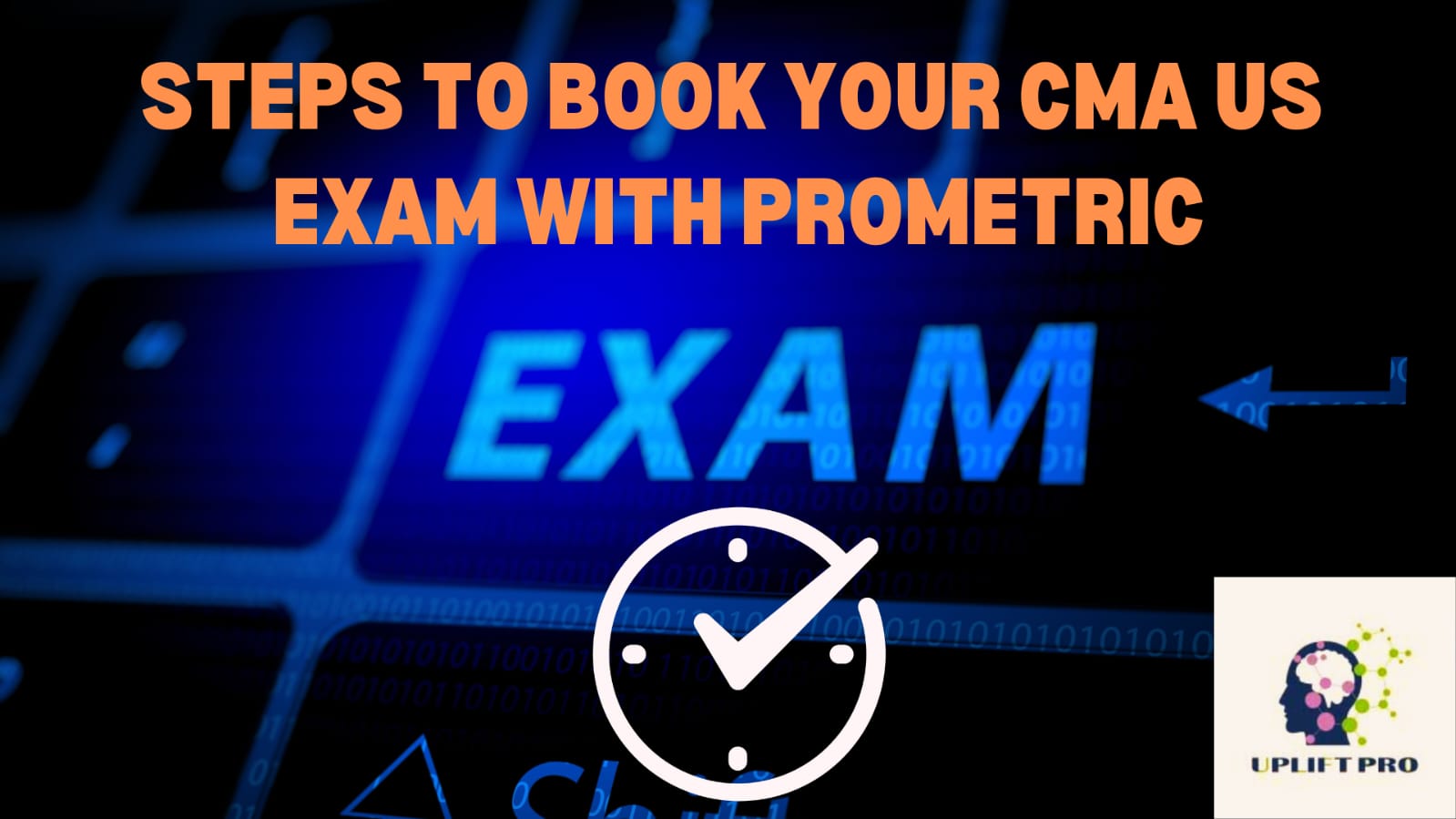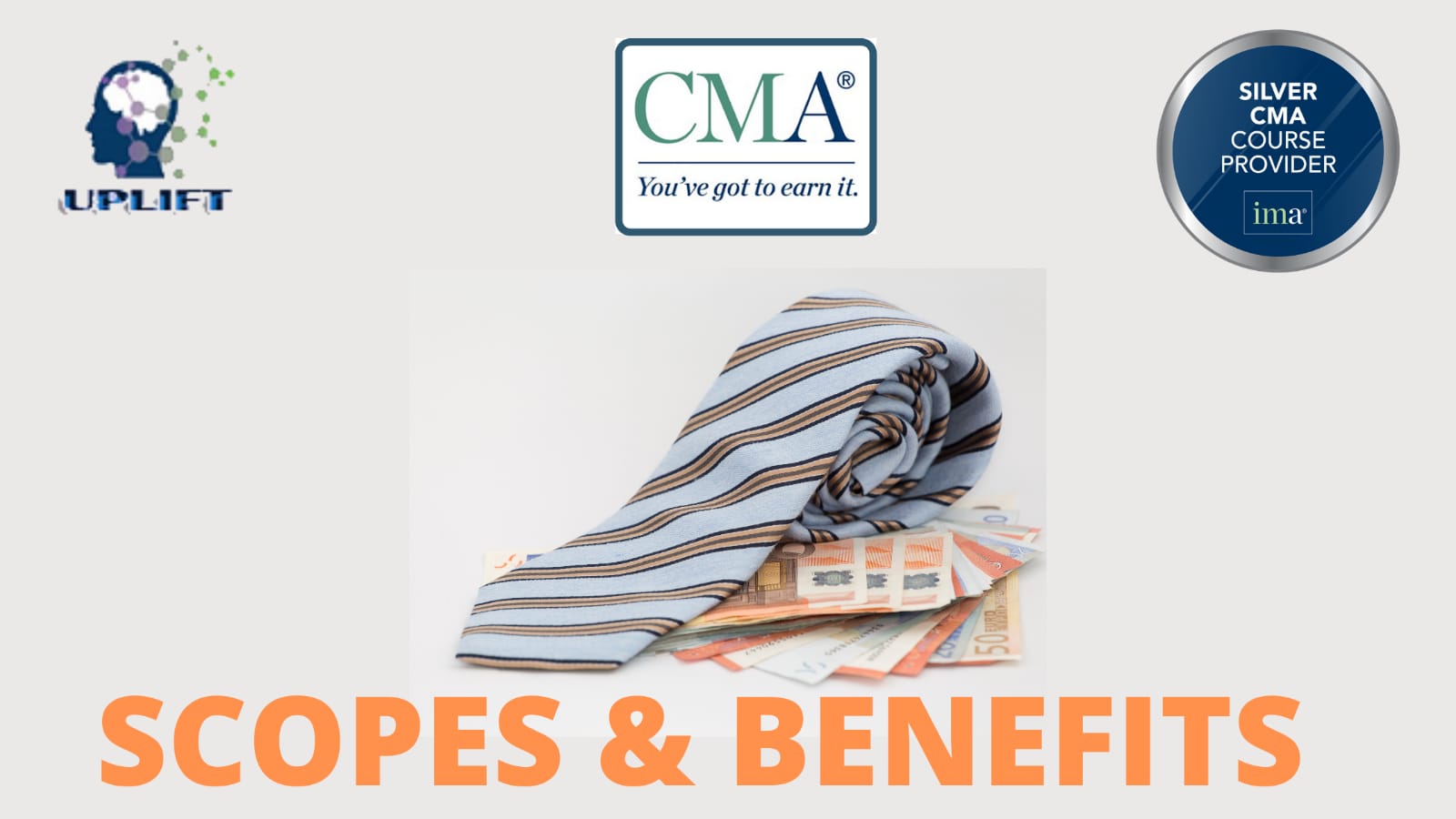US CMA Course: Prometric Registration in 2024-2025
The Certified Management Accountant (CMA) credential from the Institute of Management Accountants (IMA) is highly regarded for its focus on management accounting and financial management. If you’re planning to advance your career in finance and accounting, enrolling in the US CMA course is a great choice. One of the critical steps to earning the CMA […]




